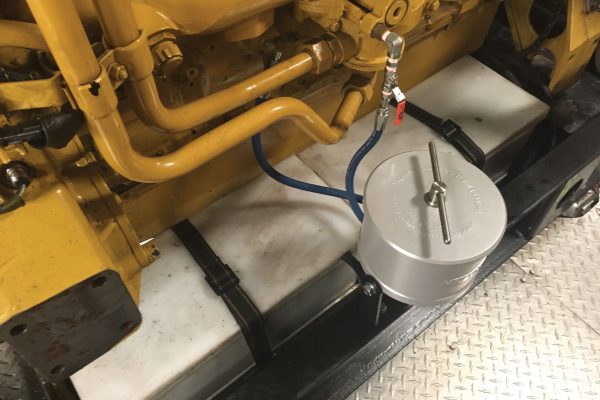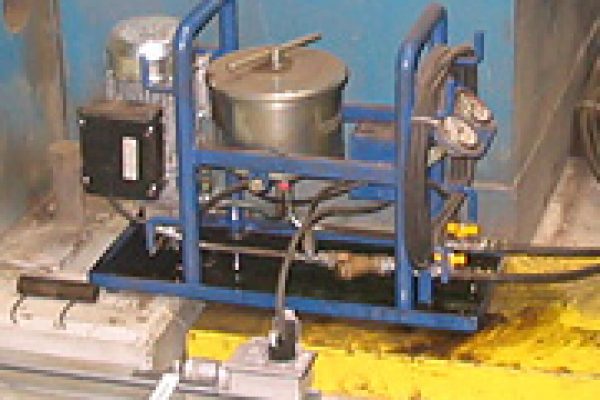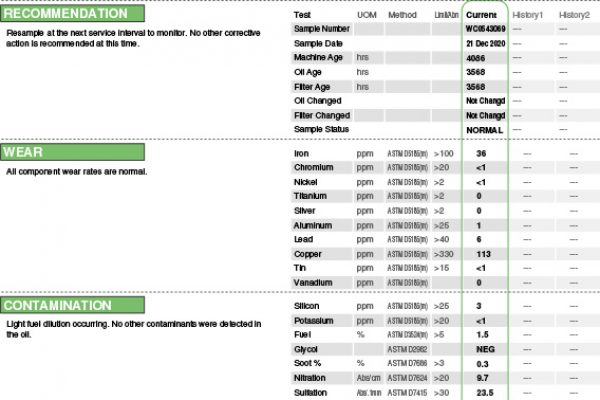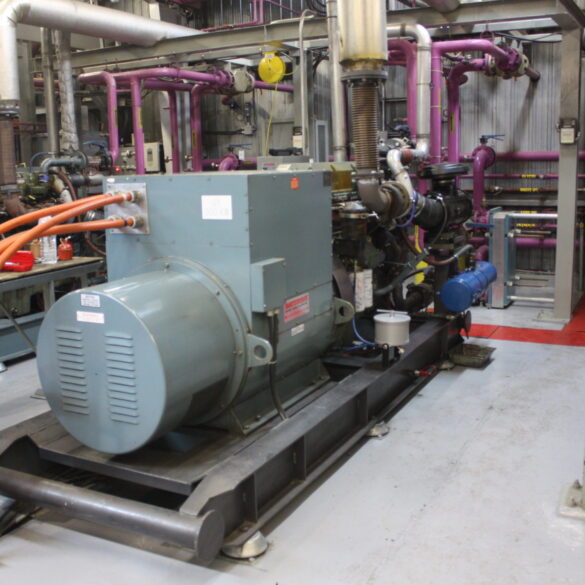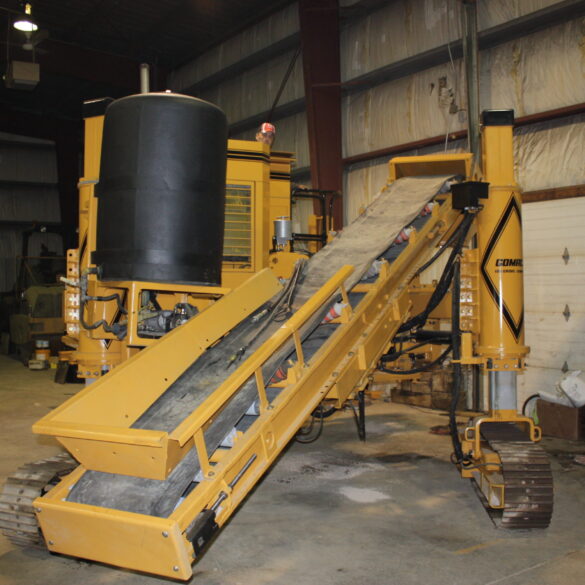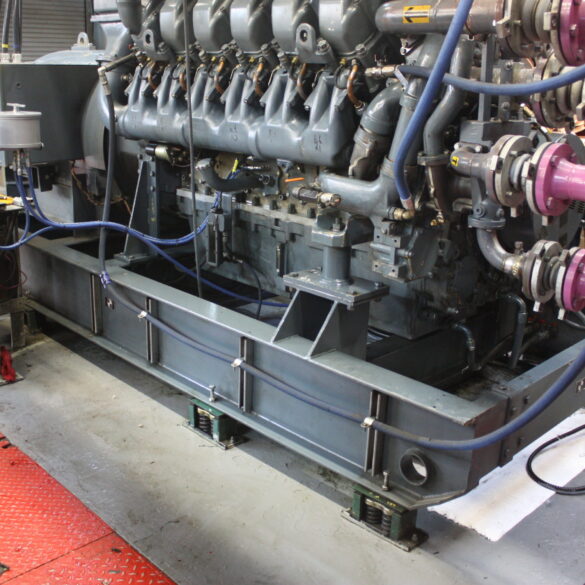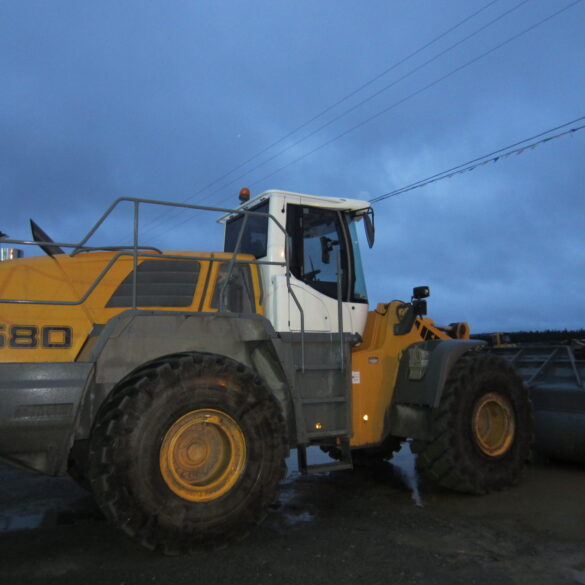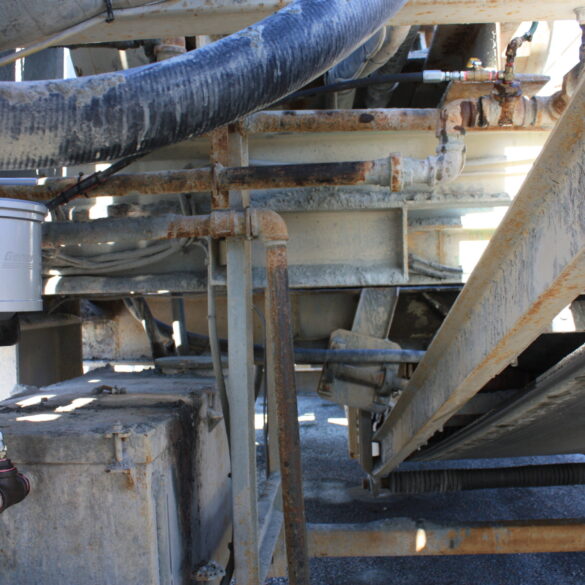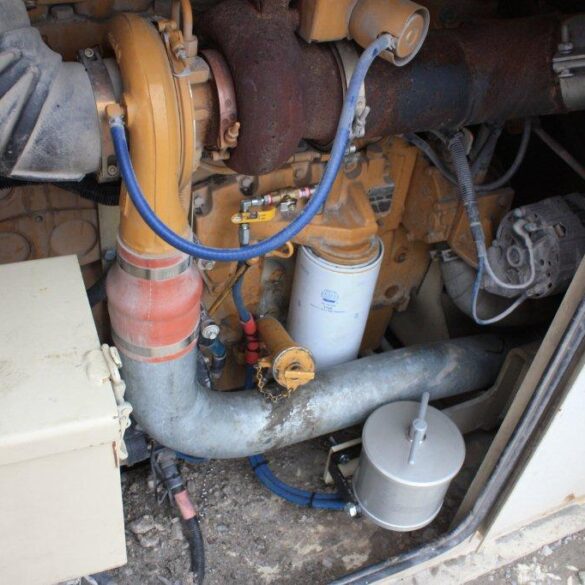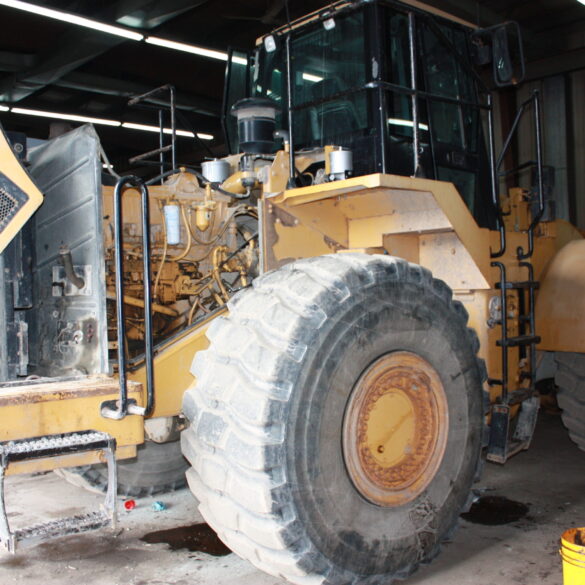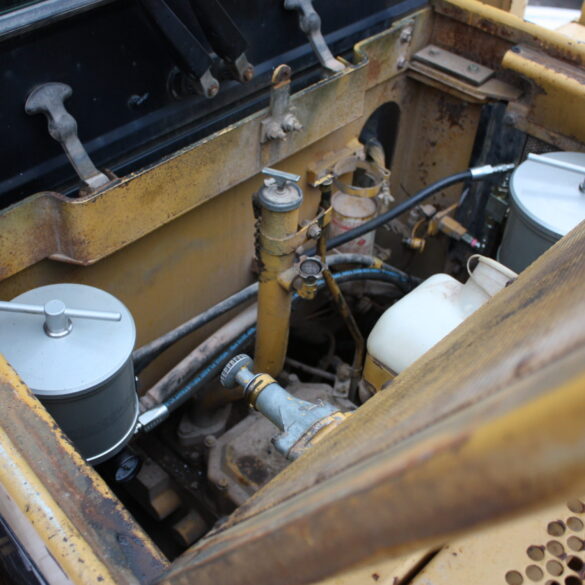Do you have equipment that is not used frequently to justify the installation of a permanent Oil Recycling Technologies™ filter unit on your hydraulic system? Did you experience an unexpected hydraulic oil cooler failure and cannot get the water out of your hydraulic system and oil? Call us to learn...
About
Oil Recycling Technologies™ is Atlantic Canada’s most trusted, locally owned, and operated oil recycling technology company, for over 23years!
It’s our great pleasure to help the industry lend a helping hand to the environment while improving our customers’ bottom line. Our product lines and services are proactive and cost-effective solutions to reducing oil consumption and waste oil production while improving equipment reliability, reducing downtime, saving our customers valuable time and money.
Products
Gallery
Testimonials
It Was A No Brainer
"We initially installed the filter system in 2003 when we built our first vessel, the Shandy Pauline II. We ran consistently 1,500-2,000 hours between oil changes on our main engine Cat 3412E, and oil samples showed our soot levels were less than 1%, and the oil was still good for further use. We put over 38,000 hours on the engine without an overhaul or any mechanical failures. The filter system also removed water from our hydraulic system. We have since outfitted our new vessel the MV Russell’s Legacy back in 2019, and it continues to save us a lot of time and money – it was a no brainer."
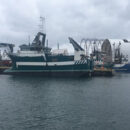
Allister Russell
MV Russell’s Legacy
Mary’s Harbour, NL
A Noticeable Improvement
"Within a couple of weeks, I felt a noticeable improvement in the operation of the hydraulic system. The system came in handy a couple of years later when we lost our oil cooler. We have it installed on all engines, and the gearbox as well. It paid for itself in the first couple of years."
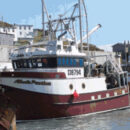
Jim Matchim
Former owner of MV Atlantic Providence
Eastport, NL
We Put Over 48,000 Hours On Our Engine
"We put over 48,000 hours on the last engine with no overhauls since 2003, while running 2 to 3 times longer between oil changes using the oil filtering technology. Our oil samples showed the oil was healthy and engine wear was normal. When we finally swapped it out in February 2019, the engine was in such good condition, we had no problem selling it. The filters saved us a fair bit of time, money, and downtime this past 17 years."
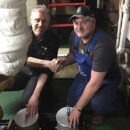
Jason Petten
MV Atlantic Challenger
Port de Grave, NL
We Highly Recommend It
"We had the filter systems installed on the main engine, both generators, hydraulics, and transmission. We ran 3 times longer on our engine oil and main oil filters since 2003. Laboratory reports continued to show the oil was healthy, the engines were free off soot, engine wear was at a minimum. When we lost our hydraulic cooler the filter system removed the water without us having to replace the oil or flush the hydraulic system. It saved up a significant amount of money since 2004. David and I highly recommend it to anyone. It continues to serve the new vessel owner as well."
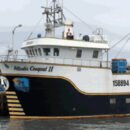
Glen White
Former owner of the MV Atlantic Conquest II
Catalina, NL
Keeping The Oil and Engine Healthy
"When both engines were stripped down, it was hard to believe how clean they were. There was absolutely no sludge and engine wear was at a minimum….both were still within CSI Specifications. You just don’t see engines in this condition running 3–4 times longer between oil changes. These were the two cleanest engines I have ever worked on in my life. I am convinced these fine filters are removing soot and water the other filters are not, keeping the oil and engine much healthier."
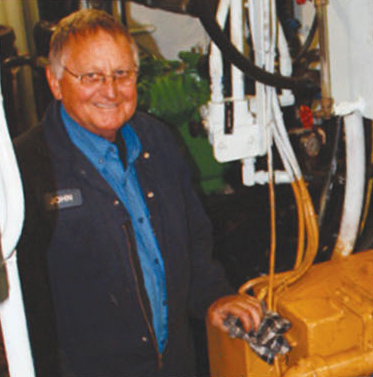
John Tobin
‘Inter-Provincial’ Diesel Mechanic since 1967
St. John’s, NL
News
Newtrans Equipment Carriers Show Truck Install!
[caption id="attachment_697" align="alignright" width="255"] Lorem ipsum dolor sit amet, consectetur adipiscing elit.[/caption] Congratulations to Newtrans Equipment Carriers, our longest standing customer in the province, since 2002. With the fleet completely outfitted, it was a pleasure to install Generation 2 Filtration™ on the latest edition to the fleet, a 2020 Custom Kenworth...
Congratulations to the Russell Boys!
[caption id="attachment_922" align="alignleft" width="255"] Lorem ipsum dolor sit amet, consectetur adipiscing elit.[/caption] Congratulations to Wade and Allister of Mary’s Harbour, Newfoundland & Labrador, on the completion of their new state of the art commercial fishing vessel the MV Russell’s Legacy, and for outfitting your second vessel with the Generation 2...
Morbi nisl nulla
[caption id="attachment_922" align="alignright" width="255"] Lorem ipsum dolor sit amet, consectetur adipiscing elit.[/caption] Lorem ipsum dolor sit amet, consectetur adipiscing elit. Vestibulum ac urna aliquet, mollis ipsum in, lacinia ex. Morbi nisl nulla, rutrum nec faucibus sit amet, mattis vel lectus. Mauris nec dapibus tellus. Integer nec scelerisque neque, ut dictum...
Vestibulum ac urna aliquet
[caption id="attachment_922" align="alignleft" width="255"] Lorem ipsum dolor sit amet, consectetur adipiscing elit.[/caption] Lorem ipsum dolor sit amet, consectetur adipiscing elit. Vestibulum ac urna aliquet, mollis ipsum in, lacinia ex. Morbi nisl nulla, rutrum nec faucibus sit amet, mattis vel lectus. Mauris nec dapibus tellus. Integer nec scelerisque neque, ut dictum...
Consectetur adipiscing elit
[caption id="attachment_922" align="alignright" width="255"] Lorem ipsum dolor sit amet, consectetur adipiscing elit.[/caption] Lorem ipsum dolor sit amet, consectetur adipiscing elit. Vestibulum ac urna aliquet, mollis ipsum in, lacinia ex. Morbi nisl nulla, rutrum nec faucibus sit amet, mattis vel lectus. Mauris nec dapibus tellus. Integer nec scelerisque neque, ut dictum...
Resources
The Diesel Applications brochure provides an overview of the ORT-FULP series filter units designed for low-pressure applications such as diesel engines, gear boxes, and lube oil systems, operating at less than 116 psi/8 bar.
The Hydraulic Applications brochure provides an overview of the ORT-FUHP series filter units designed for high-pressure applications such as hydraulics, water-glycol systems, and transmissions, operating up to 4,567 psi/315 bar.
Written for Modern Contract Solutions Magazine in 2014, this article provides a overview of bypass oil filtration and how it differs from conventional full-flow oil filters (Author: Bill Butler, B.A., B.Sc., President, Oil Recycling Technologies Ltd.)
This article explains the importance of clean oil and how dirty oil negatively affects the health and life of machinery over time (Mike Sondalini & Don Irvine, Lubrication & Fluid Power, January-February, 2004)
ISO codes are a unit of measuring the cleanliness of hydraulic and other non-combustion oils. This document illustrates how an ISO code is assigned to a sample once a particle count is obtained by the spectrometer in the lab, based on the volume of dirt it counts in 3 different size categories contained in 1 ml of fluid.
Rates of mechanical wear are affected by oil pressure and the volume and size of particulate it contains. Some components with fine tolerances such as servo valves, require super clean oil to function properly. The type of component and the operating pressure of the oil, will determine how clean the oil should be to minimize mechanical wear and maximize the life of the equipment.
The volume of dirt in non-combustion oils such as hydraulic oil is measured and assigned a cleanliness code. In 1964 the NAS scale was created and counted 5 different categories of particle sizes per 100 ml of fluid. The NAS method has since been replaced by ISO. Since 1991 the International Standards Organization (ISO) 4406, assigns a 3 digit code, by counting the number of particles >4, >6, >14 microns in size per 1 ml of fluid, providing a much more concise measurement of solid contamination. For example, new unused hydraulic oil should not contain more than 10,000 particles 4 microns in size or greater, per 1 ml of oil. Once you test your oil, you can see where it falls on the cleanliness scale.
With the aid of oil sample analysis, one can identify common types and potential sources of mechanical wear in Industrial equipment.
The presence of sub-micron metals helps identify the source of mechanical wear. Oil from a variety of components on mobile equipment can be tested to detect premature wear and problems before a failure takes place.
Laboratory testing can identify the concentration (ppm) of wear metals and sources of contamination (soot, water, glycol) present in oil.
An overview of the various tests laboratories perform on diesel engine oil. Regular testing of engine oil will detect potential engine problems in their infancy stages, and help identify the cause and source of the issue should one exist.
